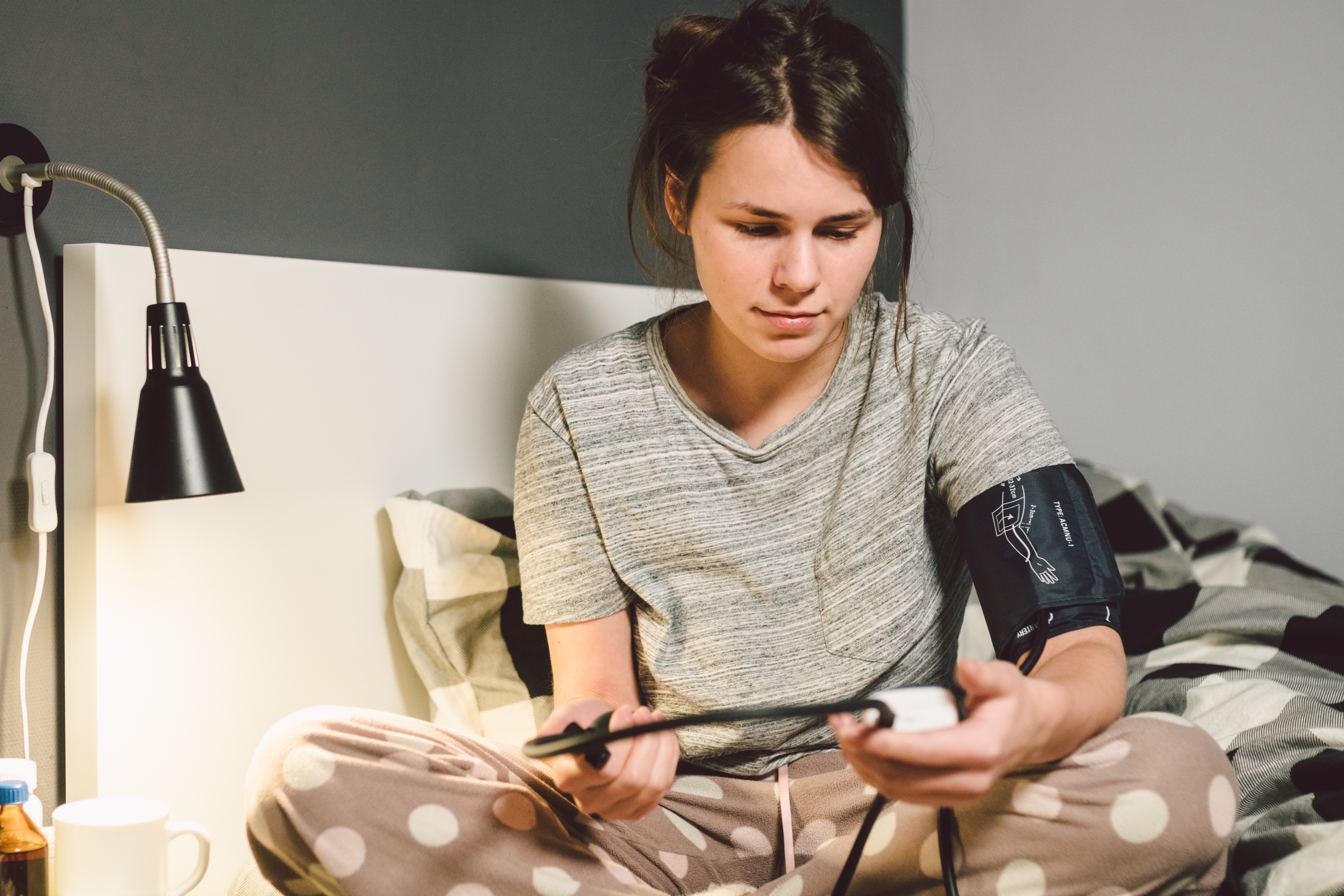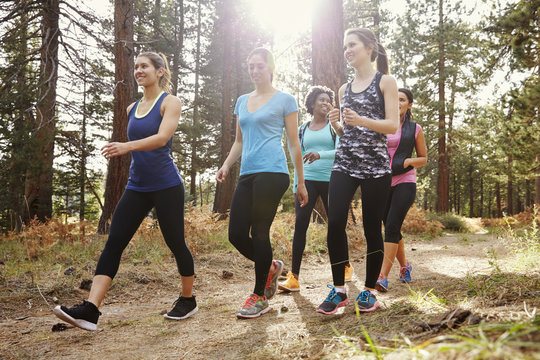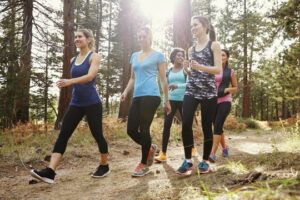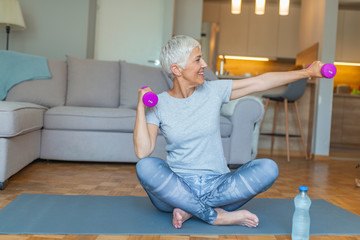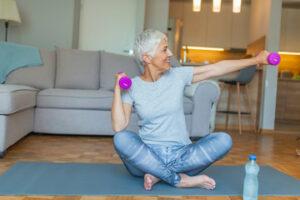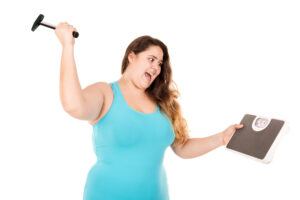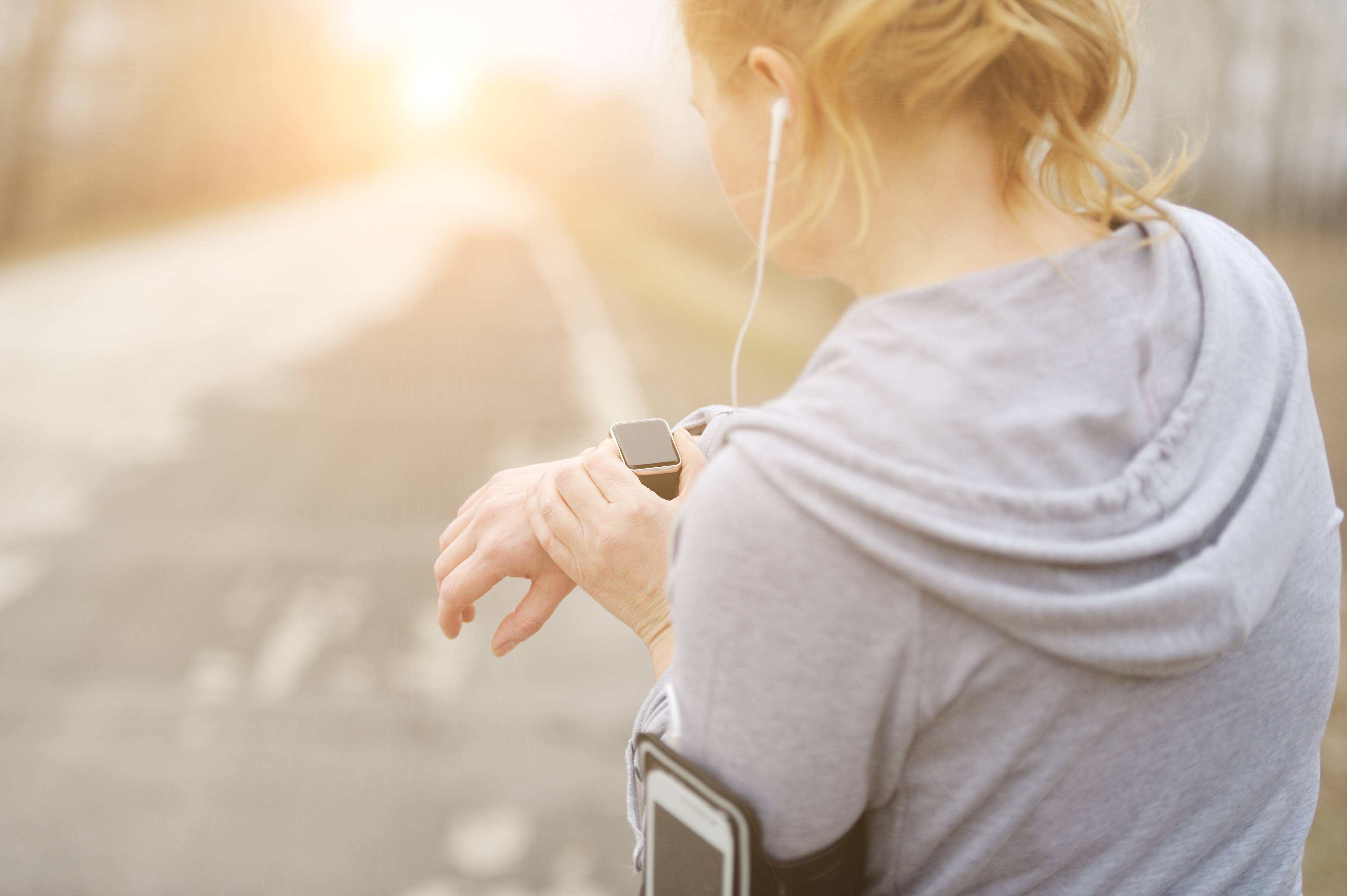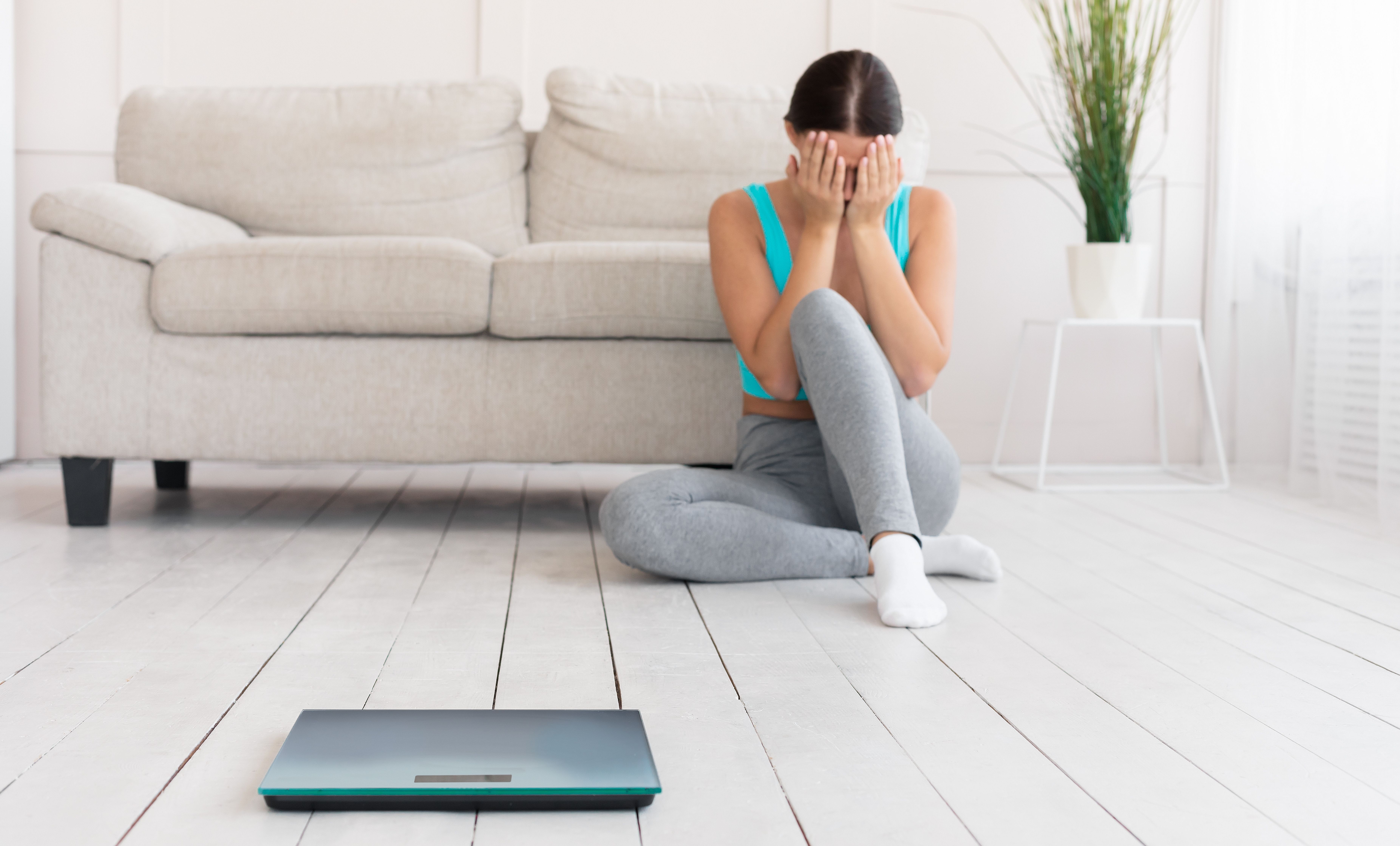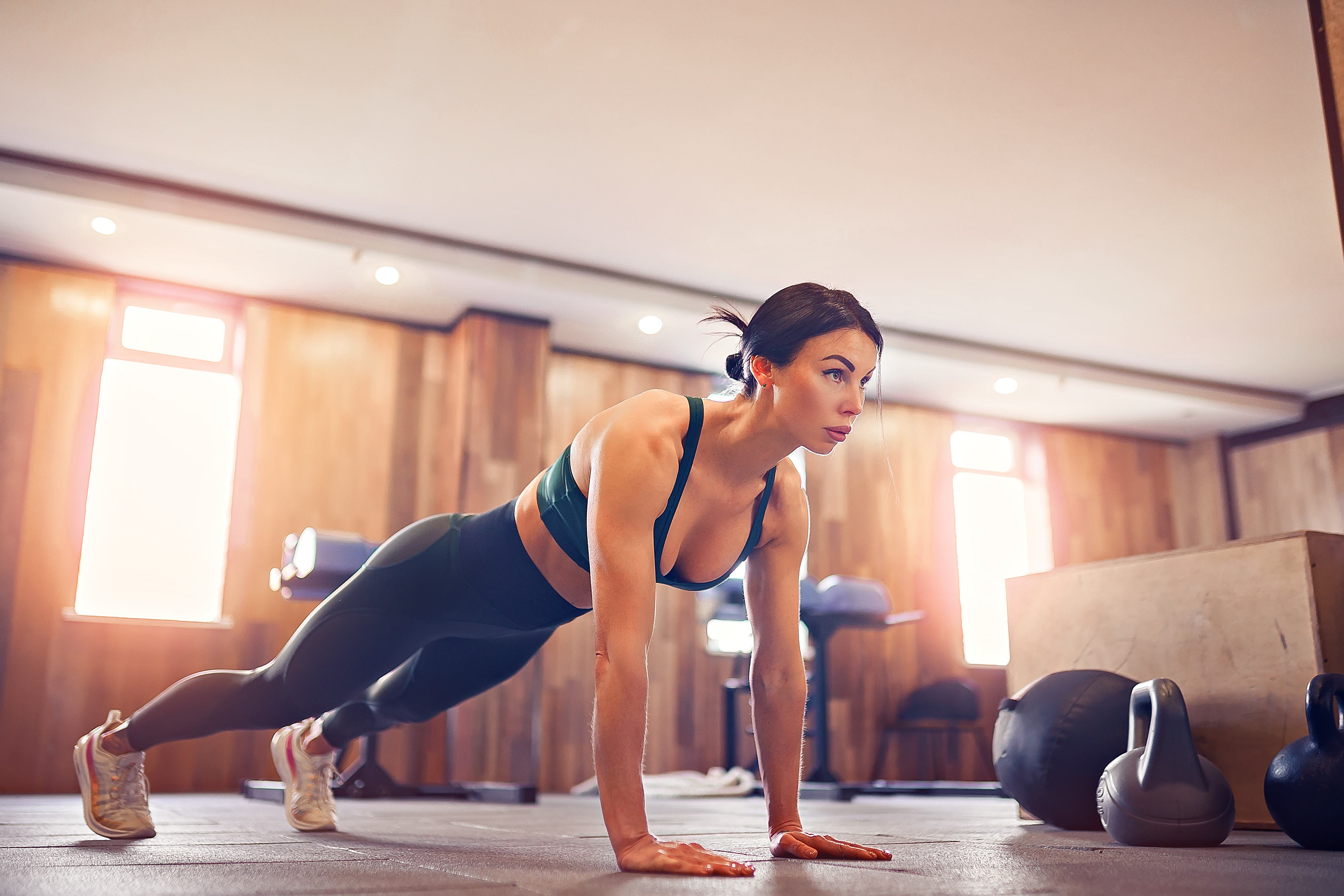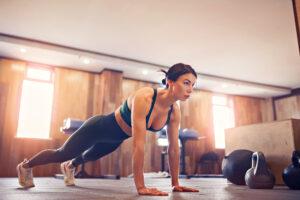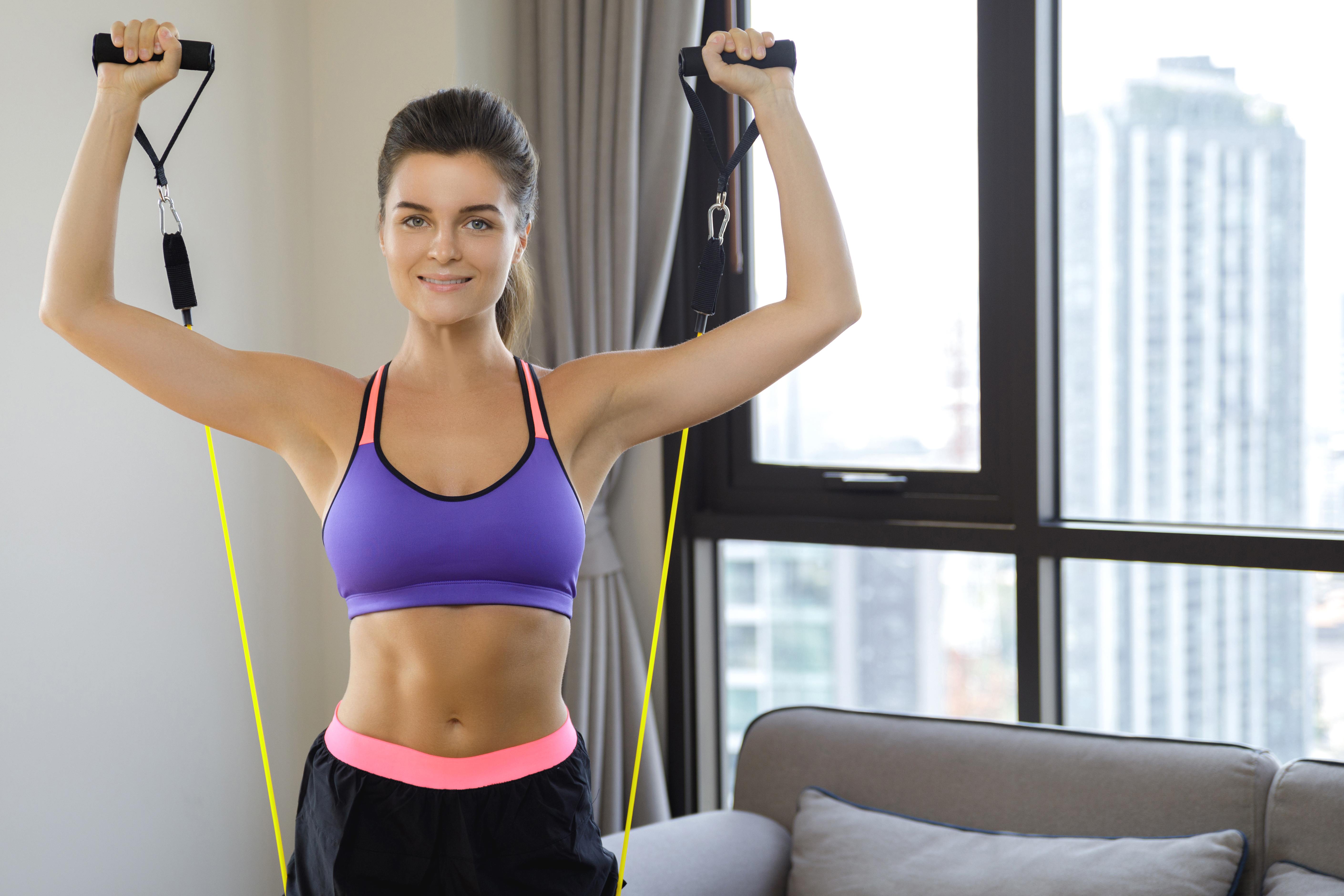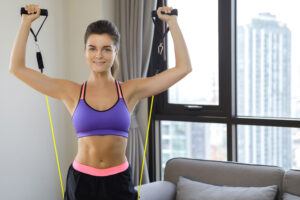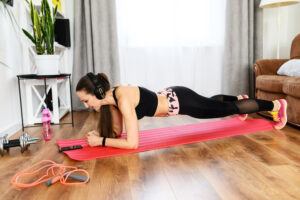
One cause of a heart attack or stroke is plaque rupture within a blood vessel called an artery. When a plaque ruptures, platelets rush to the scene and clump together to form a blood clot. Once formed, the blood clot blocks blood flow to the heart or brain, leading to a heart attack or stroke respectively.
One way to lower the risk of heart attack and stroke is to keep plaque from accumulating inside arteries and prevent a rupture of any plaque that’s there. Can olive oil do this? Studies show that people who eat a traditional Mediterranean diet have a lower risk of heart attack and stroke, and some health experts believe the abundance of extra-virgin olive oil they eat is a factor. Why olive oil, and can consuming olive oil prevent or remove plaque build-up inside arteries?
What’s Heart-Healthy in Extra Virgin Olive Oil?
It is rich in heart-healthy monounsaturated fats, a type of fat that experts believe is healthier for the heart. What fewer people realize is extra virgin olive oil is also rich in antioxidants, substances that fight free radicals that damage cells and tissues and cause inflammation. Some of the antioxidants in olive oil include tyrosol, hydroxytyrosol, and oleuropein. These antioxidants may play a role in protecting against cardiovascular disease. In fact, there’s some evidence that components in olive oil can remove plaque inside arteries, thereby lowering the risk of stroke and heart attack.
How might olive oil be protective?
Research shows a diet that contains virgin olive oil enhances the activity of HDL-cholesterol, the “good” cholesterol that helps transport cholesterol from arteries back to the liver so it can’t create plaque. Also, based on research, the antioxidants in extra-virgin olive bind to HDL-cholesterol and protect it, so that it’s better able to do its job. That’s a boon for heart health!
In one study, 296 older people at increased risk of heart disease were assigned to eat one of three diets:
- A Mediterranean diet supplemented with an ounce of extra virgin olive oil weekly
- A Mediterranean diet supplemented with an ounce of nuts daily
- A low-fat diet
The study found that subjects who followed the Mediterranean diet had HDL-cholesterol that functioned better to remove plaque, even though their total HDL-cholesterol didn’t go up. Healthier functioning HDL-cholesterol is better able to remove arterial plaque, so less of it builds up and leads to plaque rupture. Whether it can actually reverse already established cardiovascular disease is unclear. It’s more likely that it reduces the build-up of further arterial plaque.
Another way in which extra virgin olive oil may lower the risk of cardiovascular disease is because of its anti-inflammatory effects. In fact, data shows that 3.4 tablespoons of extra virgin olive oil has the anti-inflammatory equivalent of one-tenth of a dose of ibuprofen. Due to its anti-inflammatory benefits, olive oil may lower the risk of other health problems as well, although more research is needed.
Why Extra Virgin Olive Oil is Healthiest?
The antioxidants in olive oil are called phenols and they likely explain many of its health benefits. The quantity of phenols is higher in extra virgin olive oil relative to olive oil since standard olive oil is more refined. Therefore, it’s best to buy unrefined, extra virgin olive oil to maximize its health benefits. Be sure to choose a brand in a dark bottle that blocks light since light can degrade the quality of extra virgin olive oil. Always store olive oil in a cool, dry place.
Do your research before buying. There’s a lot of olive oil fraud out there. Manufacturers dilute genuine extra-virgin olive oil with cheaper oils, like soybean oil, to cut costs. So, you get a less healthy oil that may lack the desired health benefits. The California Olive Oil Council has a certification program that guarantees extra virgin olive oil that contains their seal is legitimate. So, look for a seal of authenticity.
A diet that contains extra virgin olive oil may lower the risk of cardiovascular disease by reigning in inflammation and by improving how HDL-cholesterol functions. Still, research in this area is in its early stages. The best approach is to consume all fats is in moderation, but when you’re choosing a source of fat for cooking or making a salad dressing, olive oil is a heart-healthy option.
References:
Reuters.com. “Researchers find clues to why diet with olive oil is tied lower heart disease risk”
Endocr Metab Immune Disord Drug Targets. 2018;18(1):51-62. doi: 10.2174/1871530317666171116103618.
Arterioscler Thromb Vasc Biol . 2006 May;26(5):995-1001. doi: 10.1161/01.ATV.0000214295.86079.d1. Epub 2006 Feb 16.
Nature. 2005 Sep 1;437(7055):45-6. doi: 10.1038/437045a.

